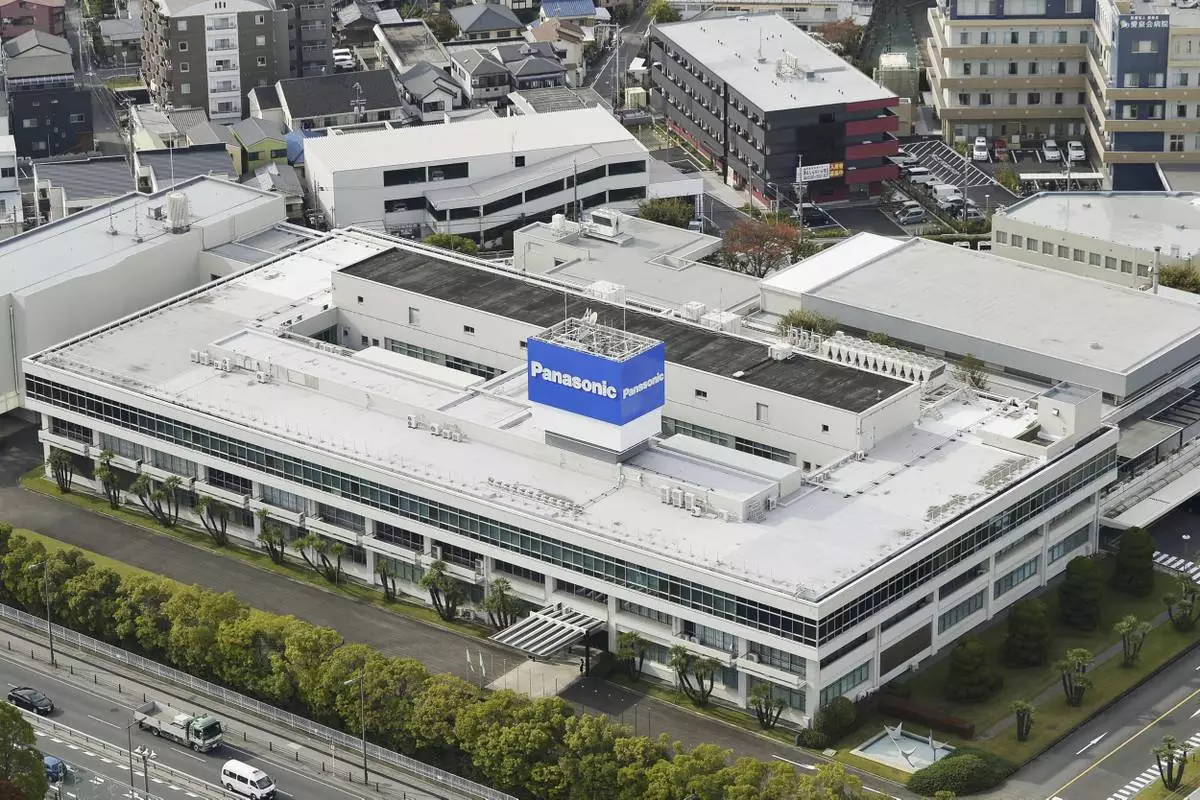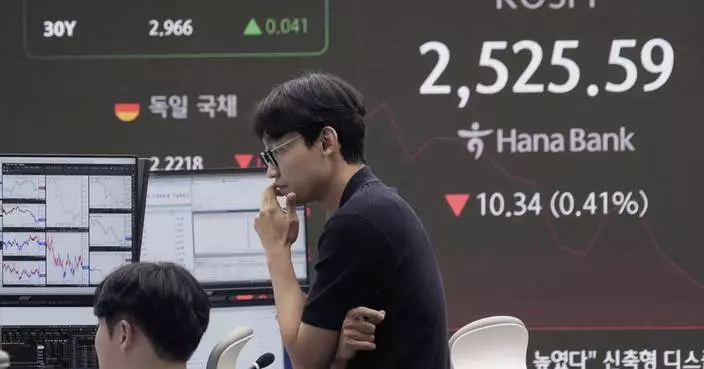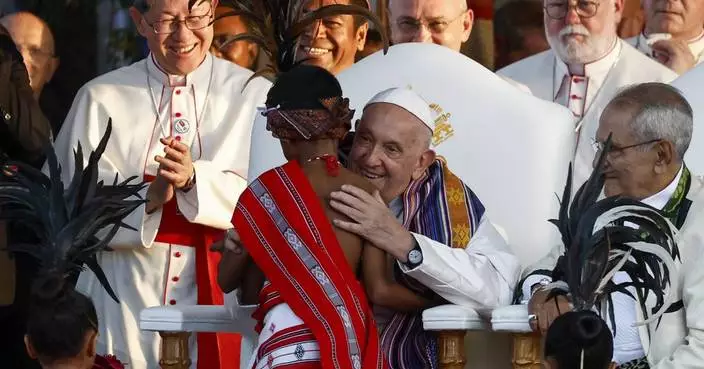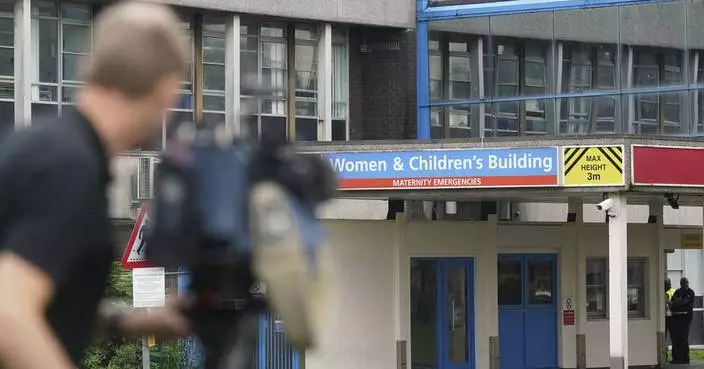PARIS (AP) — It’s kind of like buying tickets for an aging rock band and hoping that the 80-year-old singers and guitarists will be healthy enough to put on the show months down the line.
Only this time, the show might be moved from Italy to New York.
Tickets are about to go on sale for the next Olympics and nobody is quite sure if one of the major Winter Games venues will be ready in time.
Organizers for Milan-Cortina in 2026 are rushing to build a controversial sliding center in Cortina while at the same time keeping open existing backup options in Austria (Igls), Switzerland (St. Moritz) and New York (Lake Placid).
Sales of hospitality packages that include the bobsled, luge and skeleton competitions start in November, and general ticket sales for 2026 open in February. Organizers won’t know for sure until March whether the delayed sliding center in Cortina will be finished and approved.
Could that leave European ticket buyers with the prospect of then having to also purchase a transatlantic flight if the sliding gets moved to Lake Placid? Or Americans having bought flights for Italy then finding out that the events are closer to home?
“Practically,” Andrea Varnier, the Milan-Cortina CEO, said in an interview with The Associated Press on Friday at the Summer Games in Paris.
“Right now we’re proceeding with operational plans only for Cortina. Then as we get closer to the start of autumn we’ll have a better indication of where things are. Then by February we’ll be very close to an eventual initial homologation and hopefully we’ll be able to say by then with certainty that it will be held in Cortina.”
The local organizing committee’s decision to rebuild the century-old track in Cortina has been met with fierce opposition by the International Olympic Committee (IOC), which wants Igls or St. Moritz to be used instead.
But the Italian government does not want to pay for a foreign venue, so it agreed to rebuild the Cortina track for 81.6 million euros ($88 million). Work started with less than two years before the 2026 Games open.
No modern sliding track has been built in such a short timeframe.
But Varnier was encouraged after hearing reports from a visit to Cortina by IOC and international federation technicians on Thursday.
“The feedback was quite positive,” Varnier said. “So I’m optimistic now that the sliding center will happen in Cortina.”
What won’t happen in Cortina are test events the season before the Olympics — which is usually when they are held.
Same thing for ice hockey due to be contested in an arena being built in Milan that is behind schedule.
Both sliding and hockey test events have been pushed back to the end of 2025 — just months before the games open on Feb. 6, 2026.
A condensed schedule isn’t ideal, though, for sports where test events have taken on greater importance following the death of Georgian luger Nodar Kumaritashvili in a training crash hours before the start of the opening ceremony for the 2010 Vancouver Olympics.
“Timelines are tight and the safety of athletes will not be compromised through any delays,” said Kristina Kloster, the IOC’s coordination commission chair for Milan-Cortina.
The 2026 Games will be staged across a large swath of northern Italy spread over five different venue clusters.
So how will spectators travel from Milan (where ice sports will be contested) to Cortina (women’s skiing, curling, and, maybe, sliding), Bormio (men’s skiing), Livigno (snowboard and freestyle), Val di Fiemme (Nordic sports) and Anterselva (biathlon)?
Organizers are working with the state railway and local authorities to improve public transport between the venues.
They’re also relying on fans sticking to their favorite sports.
“Who is really interested in the skating and hockey very rarely are also interested in biathlon or vice versa,” Varnier said. “So they are clusterized already by themselves, by their own habits. The big biathlon fans, they go there and they spend hours in the cold. Maybe they’re not so interested in figure skating.”
Milan-Cortina will be the first Winter Games to fully embrace cost-cutting reforms installed by IOC President Thomas Bach and use mostly existing venues, even if that means spreading the Olympics over an area of 22,000 square kilometers (nearly 10,000 square miles).
The risk is that each sport will feel like an independent world championship rather than a centralized Olympics.
So how will organizers create an Olympic atmosphere?
“That’s our real challenge,” Varnier said. “And that’s why we brought representatives of each area here to Paris. They witnessed the energy at each venue and now they’re going to go home and think about how they can create that in their territory.”
One thing that Varnier and the 2026 committee don’t have to create are ski resorts. And spectacular mountains.
“After three editions in which there was less of a (winter sport) tradition in Sochi, Pyeongchang and Beijing, returning to the Alps gives us a big advantage,” Varnier said, referring to the past three Winter Games hosts. “The backdrop of the Dolomites and the Alps is unparalleled.”
AP Olympics: https://apnews.com/hub/2024-paris-olympic-games
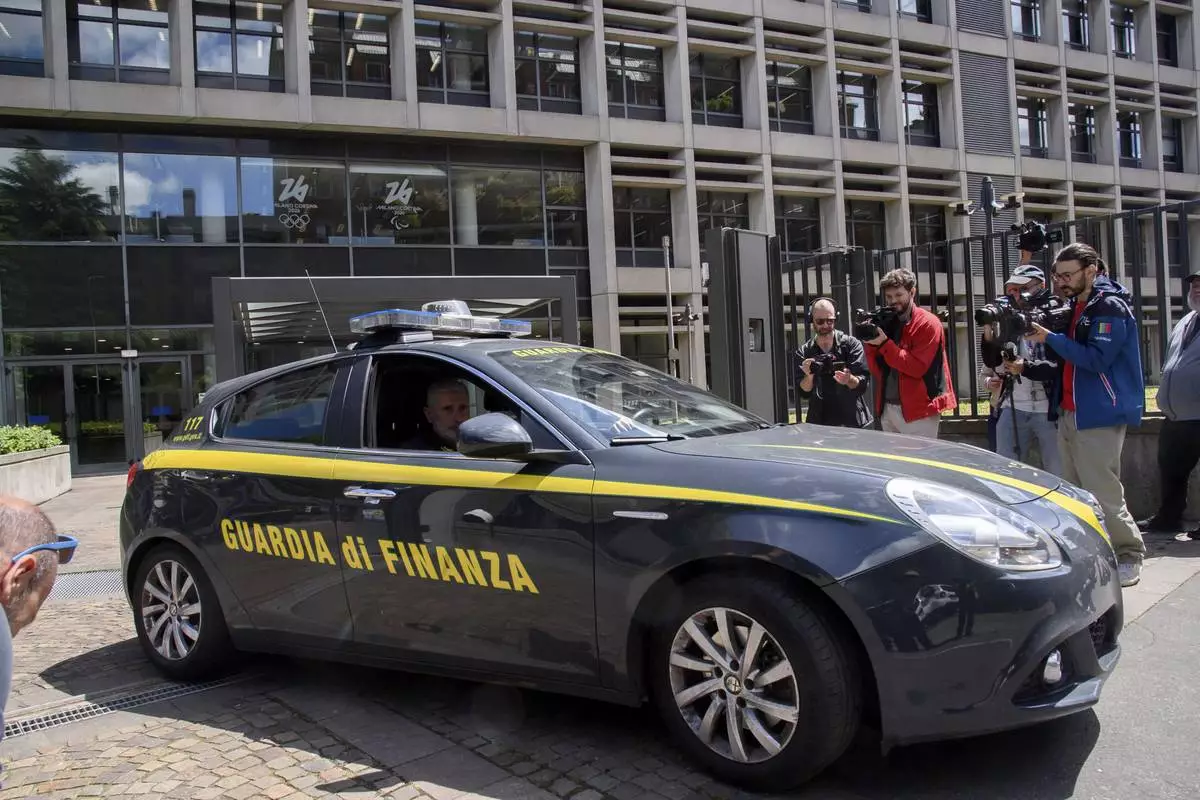
FILE - A financial police car is parked outside the headquarters of the Milan-Cortina 2026 Winter Olympics local organizing committee in Milan, Italy, Tuesday, May 21, 2024. (Claudio Furlan/LaPresse via AP, File)
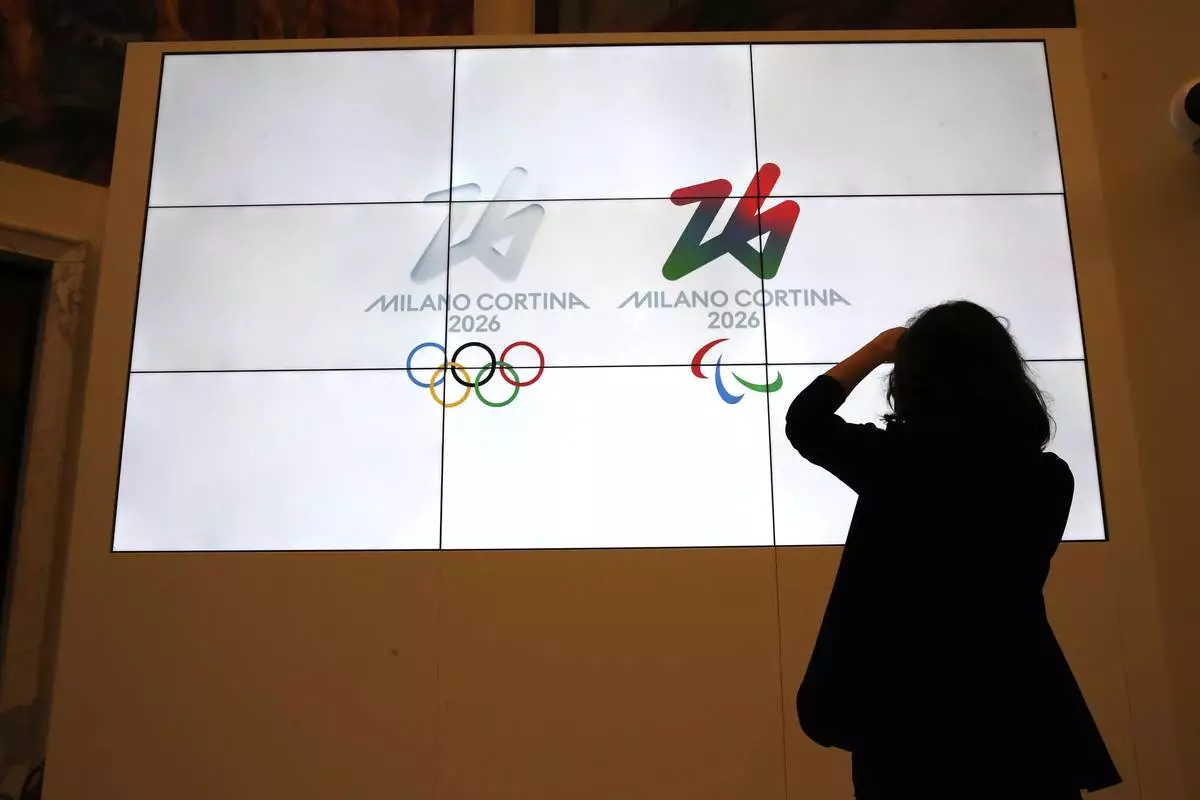
FILE - The logos of 2026 Milan-Cortina Olympics and Paralympics, right, are unveiled to the journalists at a press conference in Rome, Tuesday, March 30, 2021. (AP Photo/Alessandra Tarantino, File)
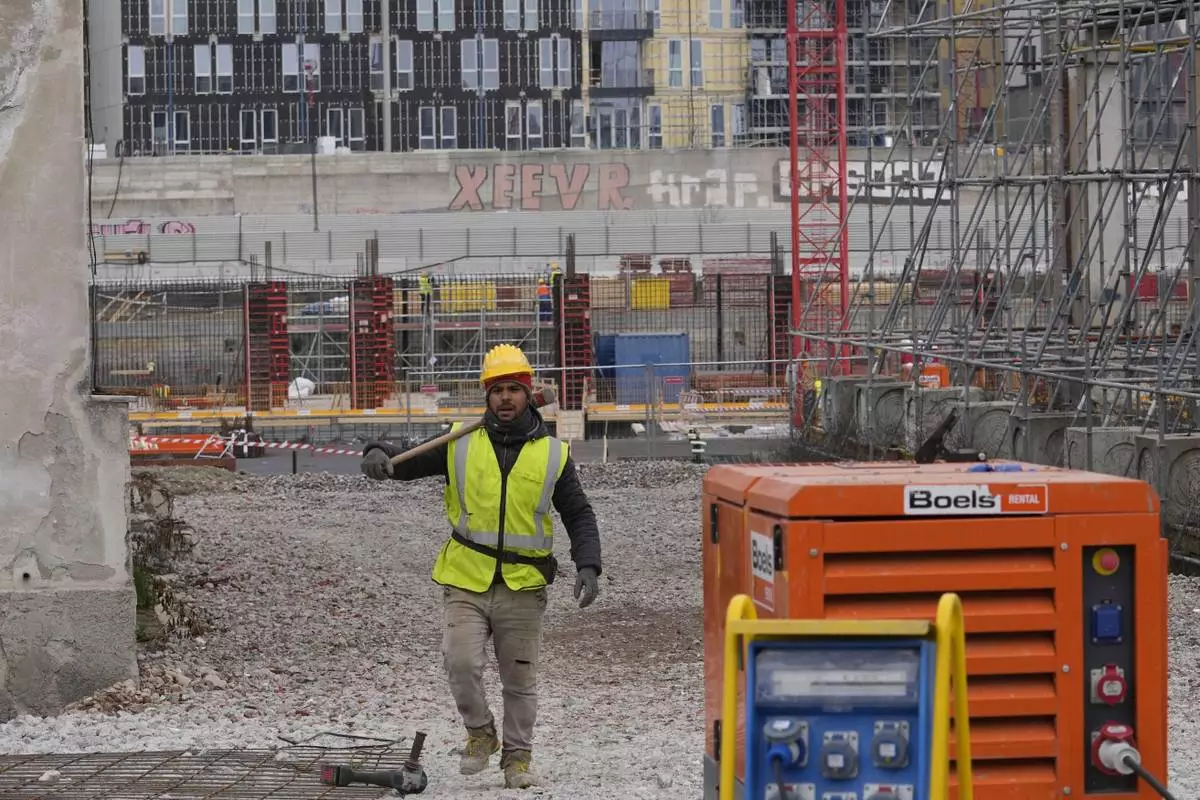
FILE - A worker walks inside the construction site of the Olympic Village at the Porta Romana former railway yard, in Milan, Italy, Wednesday, March 1, 2023. (AP Photo/Luca Bruno, File)
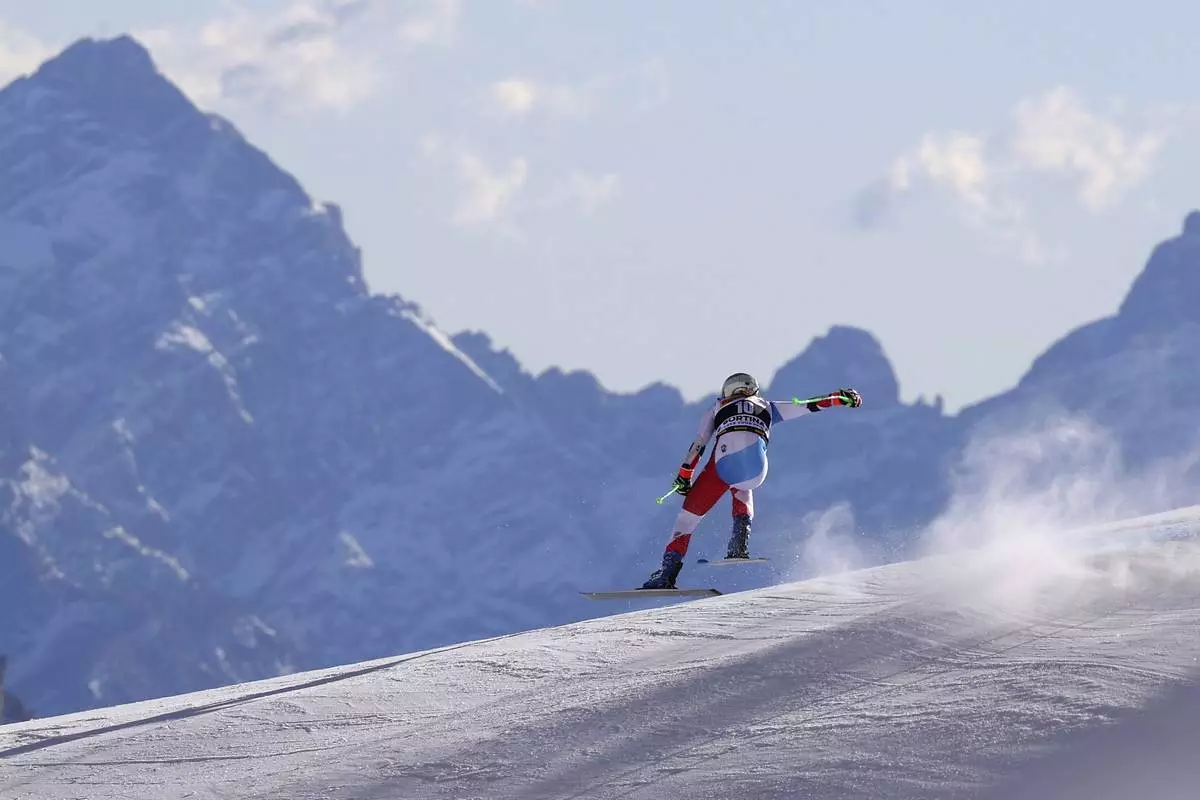
FILE - Switzerland's Priska Nufer speeds down the course during an alpine ski, women's World Cup downhill training, in Cortina d'Ampezzo, Italy, Friday, Jan. 21, 2022. (AP Photo/Alessandro Trovati, File)



